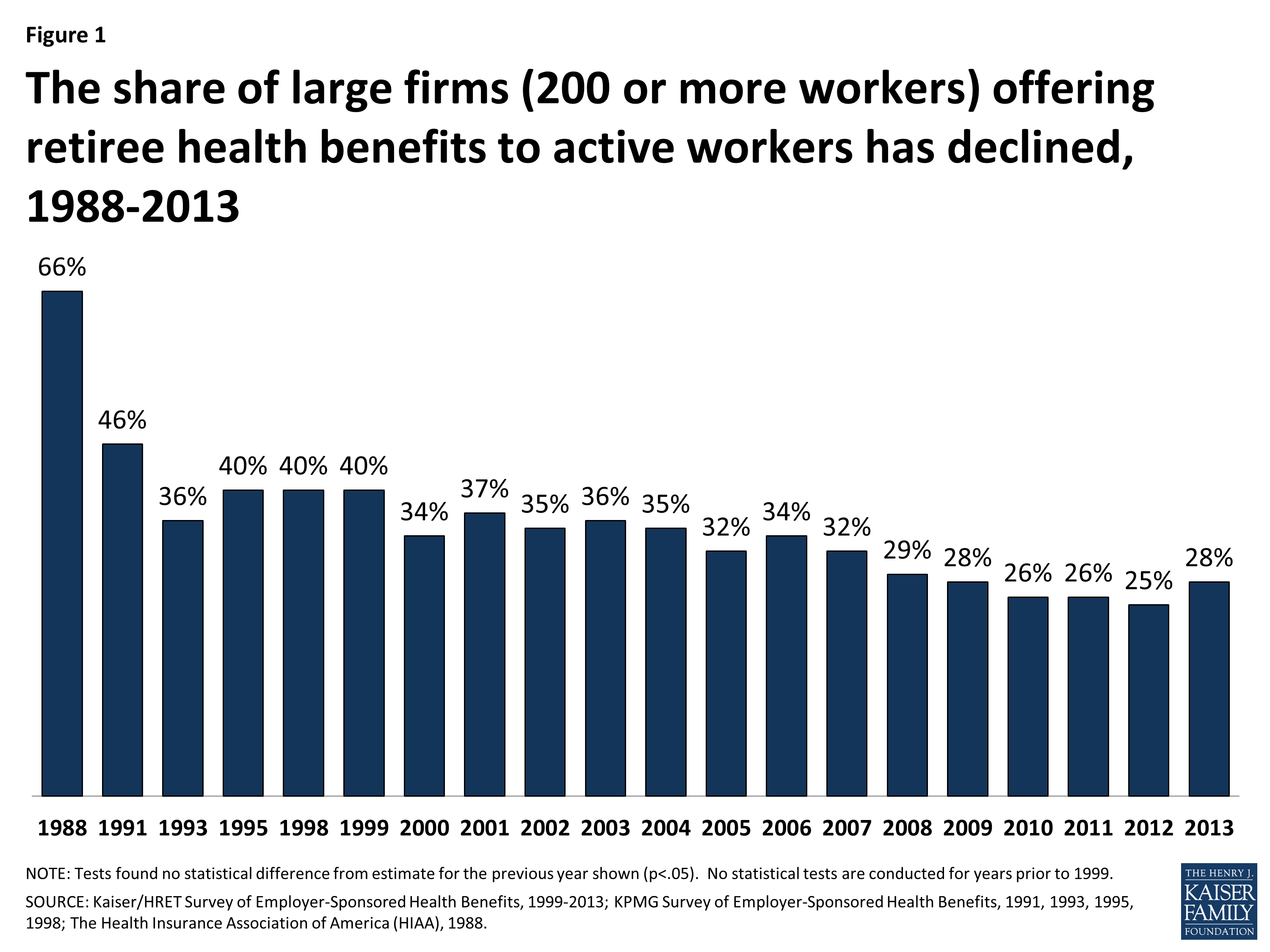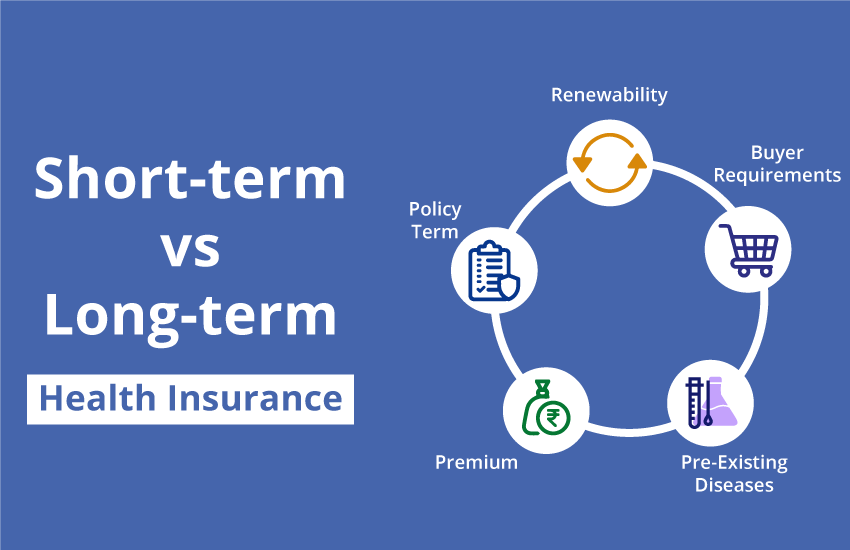Fascination About Medicare Advantage Agent
Wiki Article
What Does Medicare Advantage Agent Mean?
Table of ContentsMedicare Advantage Agent - TruthsMore About Medicare Advantage AgentMedicare Advantage Agent for Beginners

follows from perplexing the fairly young age profile of the without insurance with the much better health, typically, of younger individuals. This covers the link between health status and wellness insurance. For those without accessibility to office health insurance, poor wellness is a prospective barrier to acquiring nongroup protection since such protection may be extremely priced, exclude pre-existing conditions, or be merely not available. The number of without insurance Americans is not specifically big and has actually not changed in recent times. 7 out of 10 respondents in a nationally depictive survey believed that fewer Americans did not have health insurance policy than actually do(Fronstin, 1998). Roughly fifty percent(47 percent )thought that the number of people without medical insurance decreased or remained constant over the latter fifty percent of the last decade(Blendon et al., 1999). This drop of almost 2 million in the variety of people 'without insurance coverage (a reduction
of around 4 percent)is certainly a positive adjustment. With a softer economy in 2000 the most current reported gains in insurance policy protection might not proceed(Fronstin, 2001 ). The decrease in the number of uninsured will not proceed if the economy stays slow-moving and health treatment costs remain to outmatch inflation. This is due to the fact that the information were collected for a duration of strong financial performance. Of the approximated 42 million individuals that were without insurance, almost concerning 420,000(concerning 1 percent)were under 65 years old, the age at which most Americans become eligible for Medicare; 32 million were adults between ages 18 and 65, about 19 percent of all adults in this age; and 10 million were kids under 18 years old, regarding 13.9 percent of all kids (Mills, 2000). These quotes of the number of persons uninsured are produced from the yearly March Supplement to the Existing Populace Study (CPS), carried out by the Demographics Bureau. Unless or else noted, national quotes of individuals without medical insurance and percentages of the populace with different sort of insurance coverage are based on the CPS, one of the most widely utilized source of estimates of insurance policy coverage and uninsurance rates. These surveys and the price quotes they generate are described briefly in Table B. 1 in Appendix B - Medicare Advantage Agent. These surveys vary in size and tasting approaches, the concerns that are inquired about insurance coverage
10 Simple Techniques For Medicare Advantage Agent
insurance coverage, and the moment period over which insurance coverage or uninsurance is measured(Lewis et al., 1998, Fronstin, 2000a ). Still, the CPS is especially useful because it creates yearly estimates fairly swiftly, reporting the previous year's insurance policy coverage approximates each September, and because it is the basis for a consistent set of estimates for even more than two decades, permitting evaluation of fads in coverage gradually.
Things about Medicare Advantage Agent
Over a three-year duration beginning early in 1993, 72 million individuals, 29 percent of the U.S. populace, lacked coverage for a minimum of one month. Within a solitary year(1994), 53 million people experienced at the very least a month without coverage(Bennefield, 1998a). 6 out of every ten uninsured grownups are themselves utilized. Although functioning does enhance the likelihood that one and one's relative will have insurance coverage, it is not a guarantee. Even members of families with two full time breadwinner have virtually a one-in-ten chance of being without insurance (9.1 percent without insurance rate)(Hoffman and Pohl, 2000 ). The connection between health insurance coverage and accessibility to care is well established, as documented later in this phase. Although the partnership between wellness insurance and health end results is neither direct nor simple, a comprehensive scientific and wellness services research literature links health and wellness insurance policy coverage to better accessibility to care, much better quality, and improved personal and populace health standing. The second report, on individual wellness results for without insurance adults, is represented by the innermost circle of the figure, while the 3rd record, on family members well-being, includes the topics of the second report but emphasizes a different device of evaluation, particularly, the family. The 6th report in the series will certainly provide info regarding methods and efforts embarked on in your area, statewide, or across the country to deal with the lack of insurance coverage and its unfavorable influences. Degrees of evaluation for analyzing the impacts of uninsurance. This discussion of medical insurance protection concentrates mostly on the united state population under age 65 because practically all Americans 65 and older have Medicare or various other public coverage.
Additionally, it concentrates particularly on those without any health insurance policy for any type of length of time. The troubles encountered by the underinsured remain in some respects similar to those encountered by the without insurance, although they are typically much less serious. Uninsurance and underinsurance, nonetheless, involve definitely different policy issues, and the techniques for resolving them may differ. Throughout this research and the 5 records to adhere to, the primary emphasis try this site is on persons without any medical insurance and therefore no aid in paying for health and wellness treatment beyond what is offered with charity and safeguard organizations. Health and wellness insurance policy is a powerful factor affecting receipt of care since both clients and physicians reply to the out-of-pocket rate of solutions. Medical insurance, nevertheless, is neither essential neither enough to get access to clinical solutions. The independent and straight impact of health insurance insurance policy protection access accessibility health services solutions well establishedDeveloped Others will acquire the health treatment they need also without medical insurance, by spending for it out of pocket or seeking it from suppliers who supply care free or at very subsidized rates. For still others, health insurance alone does not ensure invoice of treatment as a result of other nonfinancial obstacles, such as a lack of wellness care carriers in their community, restricted accessibility to transportation, illiteracy, or etymological and social differences. Official study concerning without insurance populations in the United States dates to the late 1920s and early 1930s when the Committee on the Price of Treatment created a collection of records concerning financing doctor workplace check outs and hospitalizations. This concern became prominent as the numbers of medically indigent climbed throughout the Great Clinical depression. Empirical studies continually sustain the link in between accessibility to care and improved health and wellness results(Bindman et al., 1995; Starfield, 1995 ). Having a normal resource of treatment can be considered a predictor of gain access to, instead of a straight step of it, when wellness outcomes are themselves utilized as gain access to indications. This expansion of the concept of gain access to dimension was made by the IOM Committee on Keeping An Eye On Accessibility to Personal Healthcare Solutions(Millman, 1993, p. Whether or not parents are insured appears to impact whether their children get care along with how much careeven if the children themselves have protection(Hanson, 1998). The wellness of moms and dads can influence their capability to take care of their try this out children and the degree of family stress. Fretting about their youngsters's accessibility to care is itself a resource of stress and anxiety for parents. 3 chapters comply with in this report. Chapter 2 provides a review of exactly how employment-based health insurance, public programs and individual insurance coverage run and connect to give extensive yet insufficient coverage of the united state populace. This includes a testimonial of historical patterns and public policies affecting both public and exclusive insurance coverage, a discussion of the communications amongst the various kinds of insurance policy, and an examination of why individuals move from one program to another or wind up

Report this wiki page